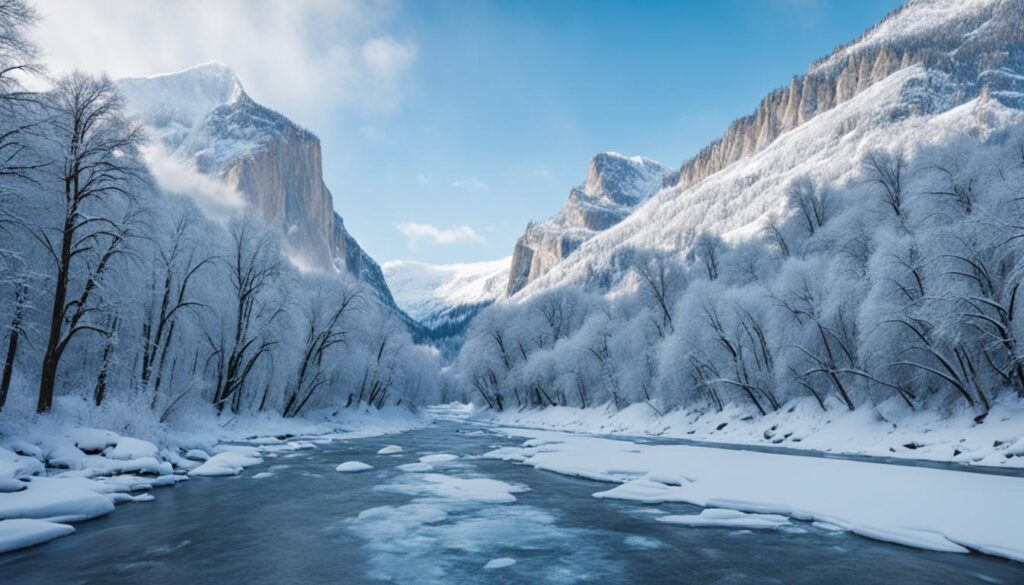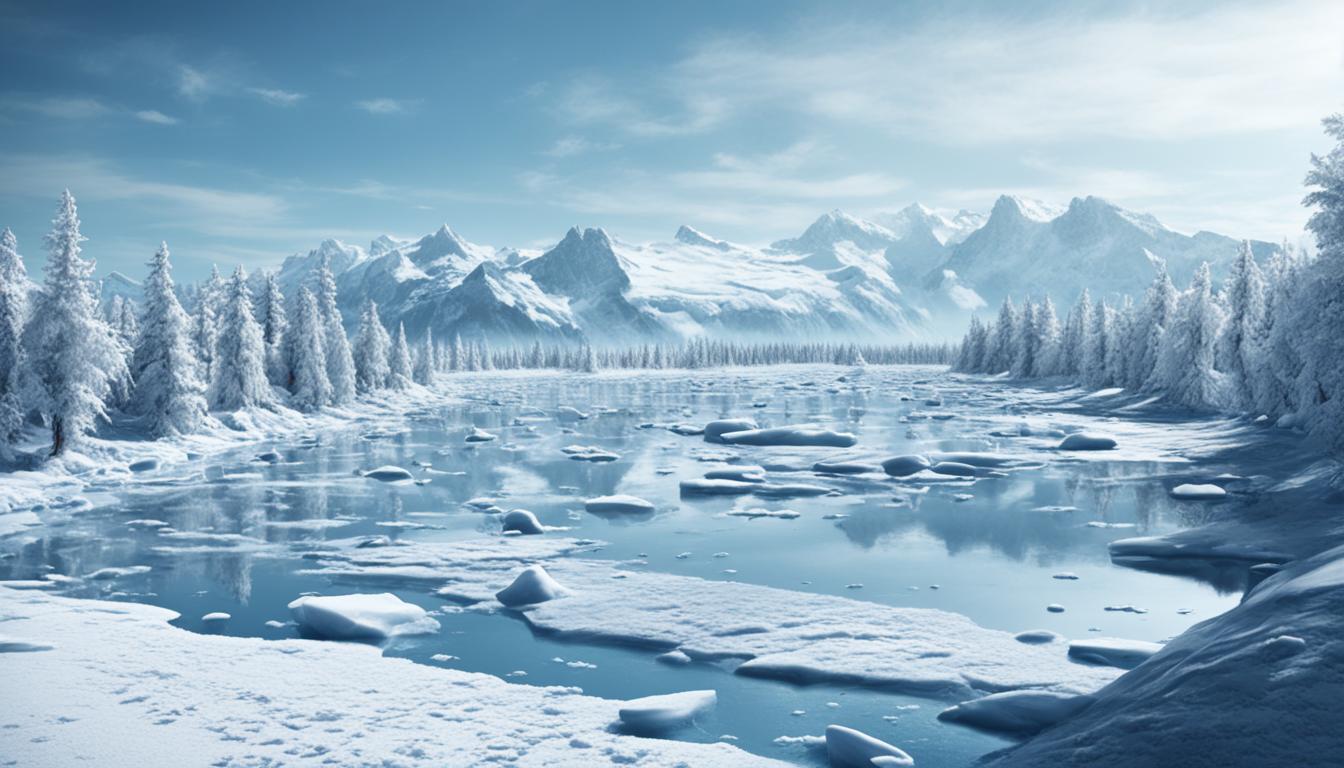The Little Ice Age (LIA) was a period of significant climate change that brought about global cooling and glacial expansion from the early 14th century until the mid-19th century. This era followed the Medieval Warm Period, which lasted roughly from 900 to 1300 CE, and preceded the current period of warming that began in the late 19th and early 20th centuries. The term “Little Ice Age” was first introduced to the scientific literature by the Dutch-born American geologist F.E. Matthes in 1939.
During the Little Ice Age, mountain glaciers expanded in various locations worldwide, including the European Alps, New Zealand, Alaska, and the southern Andes. This glacial expansion was a clear indication of the global cooling that characterized the period. According to research, mean annual temperatures across the Northern Hemisphere declined by 0.6°C (1.1°F) relative to the average temperature between 1000 and 2000 CE. The Little Ice Age had far-reaching effects on human civilization, impacting agriculture, health, and social structures.
Key Takeaways
- The Little Ice Age was a period of global cooling lasting from the 14th to the 19th century
- Mountain glaciers expanded in various locations due to the cooling temperatures
- Mean annual temperatures in the Northern Hemisphere declined by 0.6°C (1.1°F) during the LIA
- The term “Little Ice Age” was coined by geologist F.E. Matthes in 1939
- The LIA followed the Medieval Warm Period and preceded the current period of warming
Overview of the Little Ice Age Period
The Little Ice Age, a period of climate variability that lasted from the 14th to the 19th century, was not a uniformly cold era. Instead, it was characterized by increased temperature and precipitation variability across many parts of the globe. While some regions experienced regional temperature declines, others witnessed warmer or stable conditions.

Proxy records, such as ice cores, lake sediment cores, coral, and tree rings, as well as historical documents, provide evidence of these varying climatic conditions. Cooler episodes occurred in the Southern Hemisphere, leading to the advance of glaciers in Patagonia and New Zealand. However, these episodes did not coincide with those taking place in the Northern Hemisphere.
During the Little Ice Age, precipitation patterns also varied significantly across different regions. Many areas of northern Europe experienced several years of long winters and short, wet summers, while parts of southern Europe endured droughts and season-long periods of heavy rainfall. Evidence also points to multiyear droughts in equatorial Africa and Central and South Asia during this period.
Causes of the Little Ice Age Period
The precise cause of the Little Ice Age remains uncertain, but climatologists propose that a combination of factors, including reduced solar output, altered atmospheric circulation, and significant volcanic eruptions, may have contributed to the onset and prolongation of this climatic phenomenon. Notably, two periods of unusually low sunspot activity, known as the Spörer Minimum (1450–1540) and the Maunder Minimum (1645–1715), coincided with some of the coldest years of the Little Ice Age in certain parts of Europe.
The North Atlantic Oscillation, a natural pattern of atmospheric circulation over the North Atlantic Ocean, is believed to have played a role in the Little Ice Age and its varying effects across different regions through its alternating positive and negative phases. Additionally, several major volcanic eruptions occurred during the Little Ice Age, such as the eruptions of Laki in Iceland (1783), Lombok in Indonesia (1257), and Mount Tambora, also in Indonesia (1815). These eruptions ejected substantial amounts of volcanic ash into the atmosphere, blocking sunlight and contributing to lower temperatures.
Recent research has also suggested a possible link between the “Great Dying” – the widespread loss of Indigenous populations across the Americas due to colonialism and disease in the 16th century – and a slight exacerbation of the decreasing global surface air temperatures. This connection is thought to be a result of the rapid growth of wild plants across extensive areas previously cultivated by Indigenous Peoples, leading to increased carbon dioxide uptake and a minor cooling effect.
Effects of the Little Ice Age on Civilization
The Little Ice Age had far-reaching impacts on civilizations across Europe, North America, and beyond. In Europe and the North Atlantic region, frequent cold winters and cool, wet summers led to widespread crop failures and famines. Alpine glaciers advanced, destroying farms, churches, and villages in Switzerland, France, and other areas. The Norse colonies in Greenland were isolated, with the western colony succumbing to starvation and the eastern colony being abandoned.
In North America, Native American cultures in the upper Mississippi valley and western prairies declined as conditions became drier, prompting a shift from agriculture to hunting. The Little Ice Age influenced numerous historical events worldwide, including famines in Western India, the vanishing of the Roanoke Colony, the Great Famine of 1315-1317, the Black Death, witch trials, and the French Revolution.
The era also inspired a wealth of art and literature. Notable examples include Emanuel Gottlieb Luetze’s painting “Washington Crossing the Delaware,” winter landscape paintings by Dutch and English masters, the crafting of Stradivarius violins, and the fairy tale “Hansel and Gretel” by the Brothers Grimm. These enduring works serve as a testament to the profound cultural impact of the Little Ice Age.

Leave a Reply